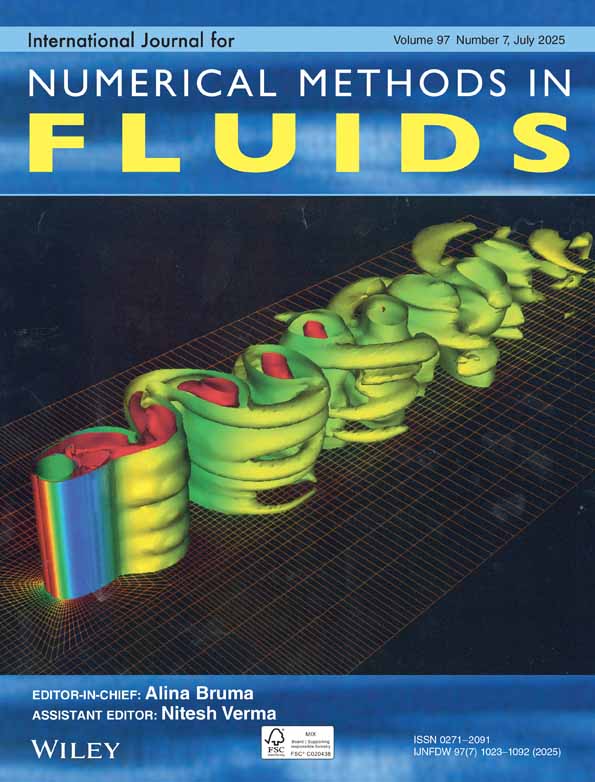Cavitation Implementation Algorithms Based on Pressure Projection Method for Incompressible Flows With Three-Phase Interactions
ABSTRACT
In the present study, a cavitation implementation algorithm is developed using a pressure-based method for incompressible flows with three-phase interactions. Central to this implementation algorithm is the treatment of the velocity jump due to the phase change, which is included in both the cavitation transport and pressure equations. The velocity jump, as a function of the phase change rate, is added as a source term to the pressure Poisson equation. A non-conservative form of the vapor transport equation is derived, and the velocity divergence is replaced by a term related to the mass phase change rate. An algorithm for the three-phase (air, water, and vapor) interactions is also developed. The VOF method is modified and used to identify the ‘dry’ (air) phase and the ‘wet’ (water/vapor mixture) phase, since the cavitation can only occur inside the water phase. The liquid volume fraction is used to distinguish water and vapor phases. The numerical results of the 2D NACA66MOD and 3D Delft Twist 11 hydrofoils show good agreement with the experimental measurement. The forced unsteady cavitation flows are investigated using a pitching foil with the results compared with the experimental observations. Air–water interface effect on the cavitation is investigated using the NACA66MOD hydrofoil. The code is applied to simulate a surface piercing super cavitating hydrofoil with both ventilation and cavitation involved.
Conflicts of Interest
The authors declare no conflicts of interest.
Open Research
Data Availability Statement
The data that support the findings of this study are available from the corresponding author upon reasonable request.




